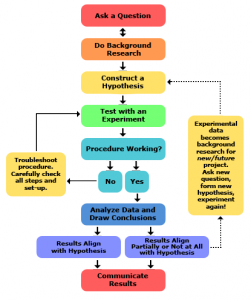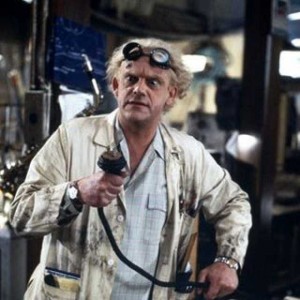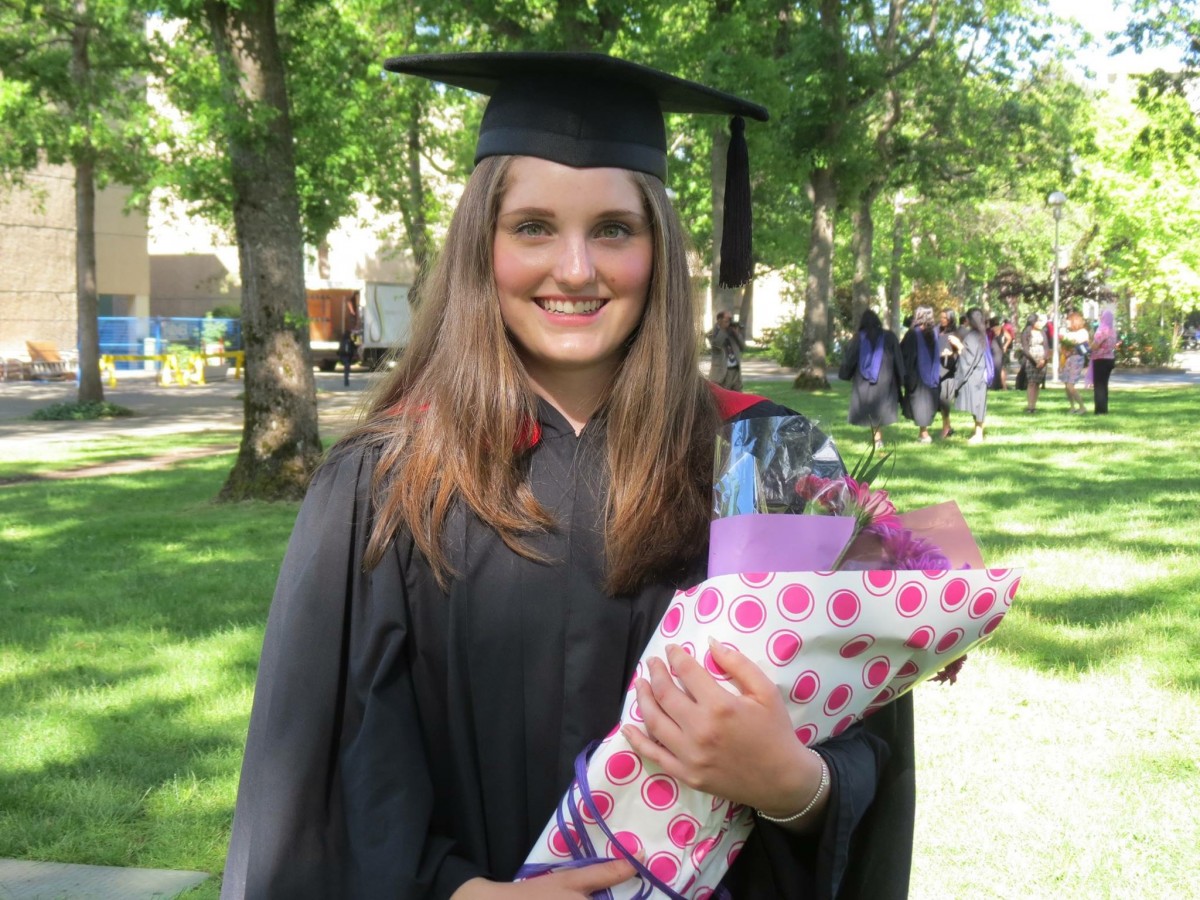So, You Want to be a Scientist, Eh?
 A few nights ago, I woke up in a cold sweat and was unable to sleep for several hours. I didn’t feel like studying at all, so I decided to crack open something that I hadn’t watched in a while: Bill Nye the Science Guy. I burned through several episodes, and there was one that I watched that really stuck out to me: an episode that Bill Nye did regarding pseudoscience.
A few nights ago, I woke up in a cold sweat and was unable to sleep for several hours. I didn’t feel like studying at all, so I decided to crack open something that I hadn’t watched in a while: Bill Nye the Science Guy. I burned through several episodes, and there was one that I watched that really stuck out to me: an episode that Bill Nye did regarding pseudoscience.
By definition, pseudoscience is something that is presented as scientific, but doesn’t follow the scientific method (shown to the right). Pseudoscientific claims can not be reproduced by scientists and are frequently debunked by the scientific community. Pseudoscience consists of things such as homeopathy, astrology, anti-vaccination claims, and crystal healing.
However, pseudoscience is a topic that is better off left for another blog post. For this post, I’m going to focus on how real scientists think, produce results, and carry out real science using the Scientific Method.
When we think of science, we typically think of: test tubes, vaccines, sending astronauts into space, and new pharmaceuticals. Something that all modern scientific disciplines have in common is that they follow the Scientific Method, which is shown in the above image. This method is how scientists achieve and communicate results.
To put this in perspective, let’s make a hypothetical example to illustrate how the scientific method works. Let’s say that I want to test whether a molecule I’ve made in the lab (let’s call it molecule A) can bind to a certain protein (let’s call it protein B). This starts us off nicely with the first part of the scientific method. I’ll be using the image above as a reference.
1. Ask a Question
Is molecule A capable of binding to protein B?
2. Do Background Research
Let’s say that in doing your research, you find that other molecules that are similar in structure to molecule A have been able to bind well to protein B. This gives you probable cause to pursue your question further with research.
3. Construct a Hypothesis
You hypothesize that molecule A will indeed be able to bind to protein B, based on previous research you did.
Here, you will construct an experiment that will allow you to test your hypothesis. If your experiment works, it will provide you with data that either supports (i.e. molecule A binds to protein B) or refutes (i.e. molecule A does not bind to protein B) your hypothesis.
5. Procedure Working?
This step is used for you to assess whether your experiment is working or not. If your procedure is not working, you’ll have to go back and re-tweak the experiment and repeat Step 4. If your experiment is indeed working, you can analyze the data that the experiment has produced.
6. Analyze Data and Draw Conclusions
This step will allow you to take a look at the results your working experiment produced. It will allow you to see whether your hypothesis was correct, partially correct, or incorrect.
7. Results Align with Hypothesis / Results Align Partially or Not at All with Hypothesis
Here, you make a conclusion based on your data as to whether your hypothesis is correct or not. In this case, you would be looking at the data to conclude whether molecule A and protein B are indeed binding or not.
If you obtain negative results, you can use them to ask a new question and form a new hypothesis. You can also use them as future background research for when you research for Step 2 again.
8. Communicate Results
In this step, you get to show your results to your supervisor, labmates, and other scientists via the publication of a scientific paper.
This is a bit of a shorter blog post, but I think it’s important for science students to see how they’ll be approaching problems when they begin conducting research on their own!
Understanding the scientific method also makes approaching a problem much, much, easier: it gives you a game plan of where to start and where to go.




